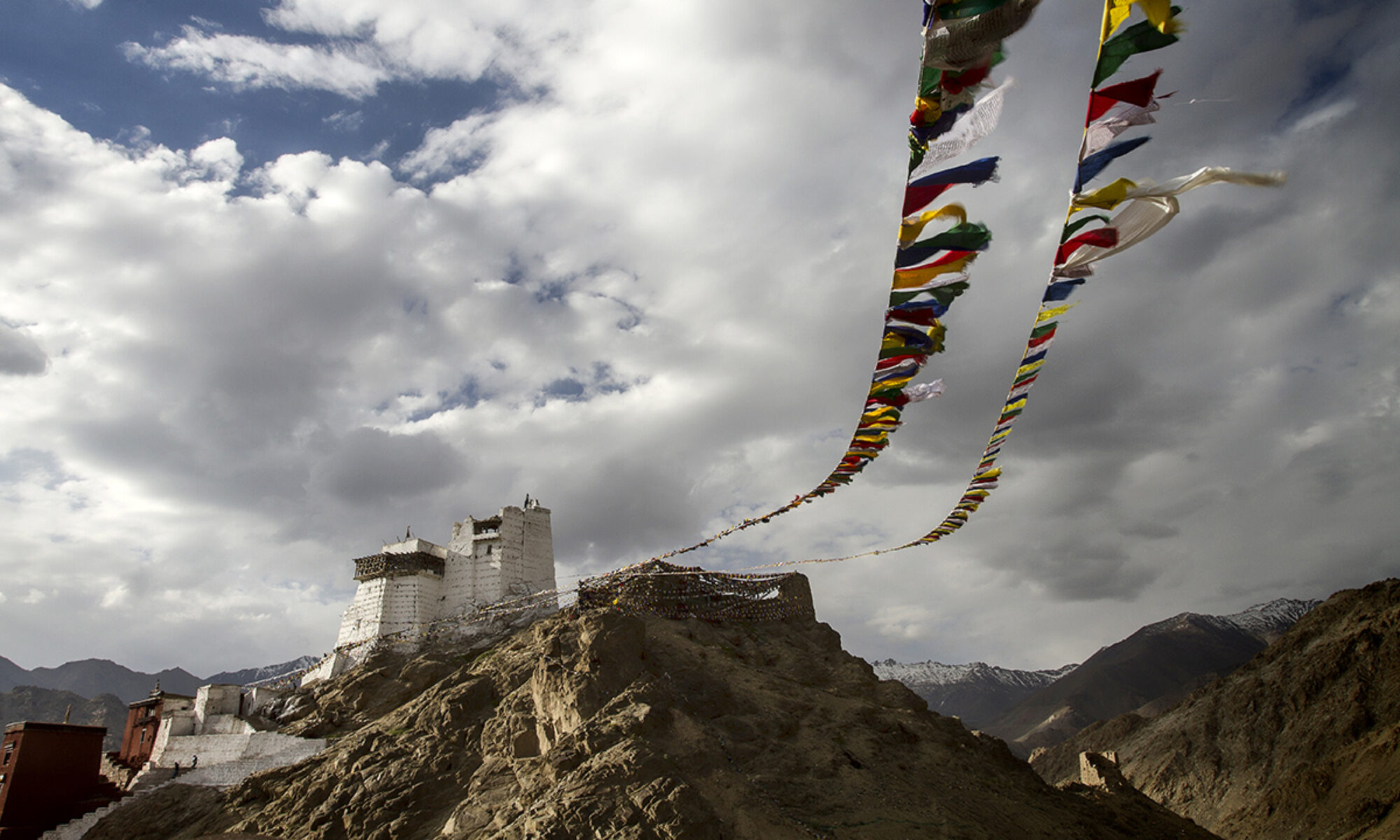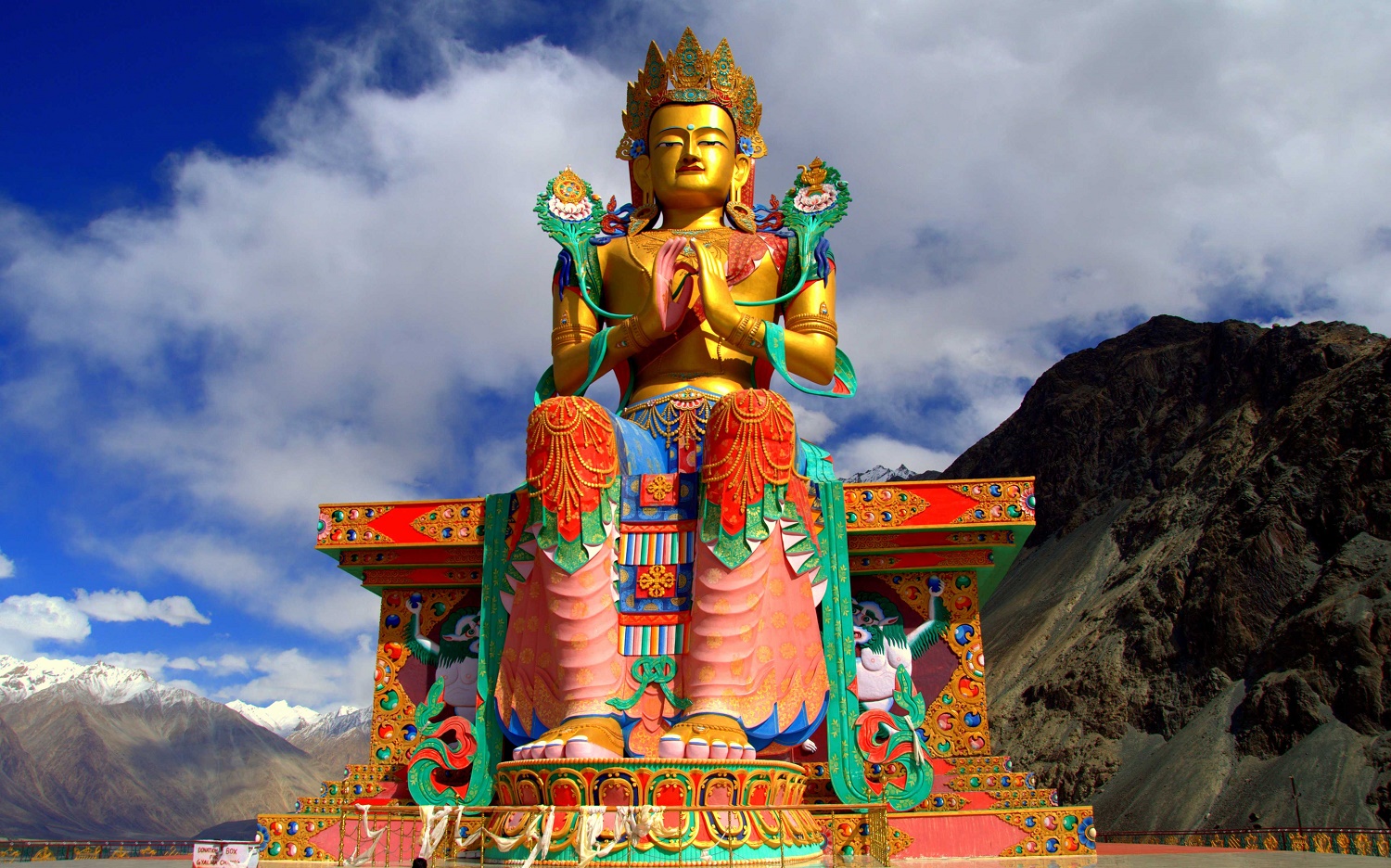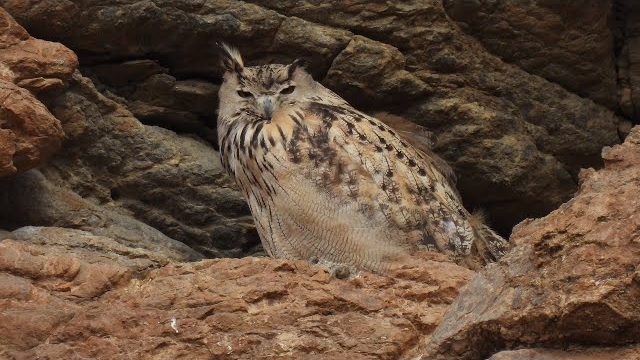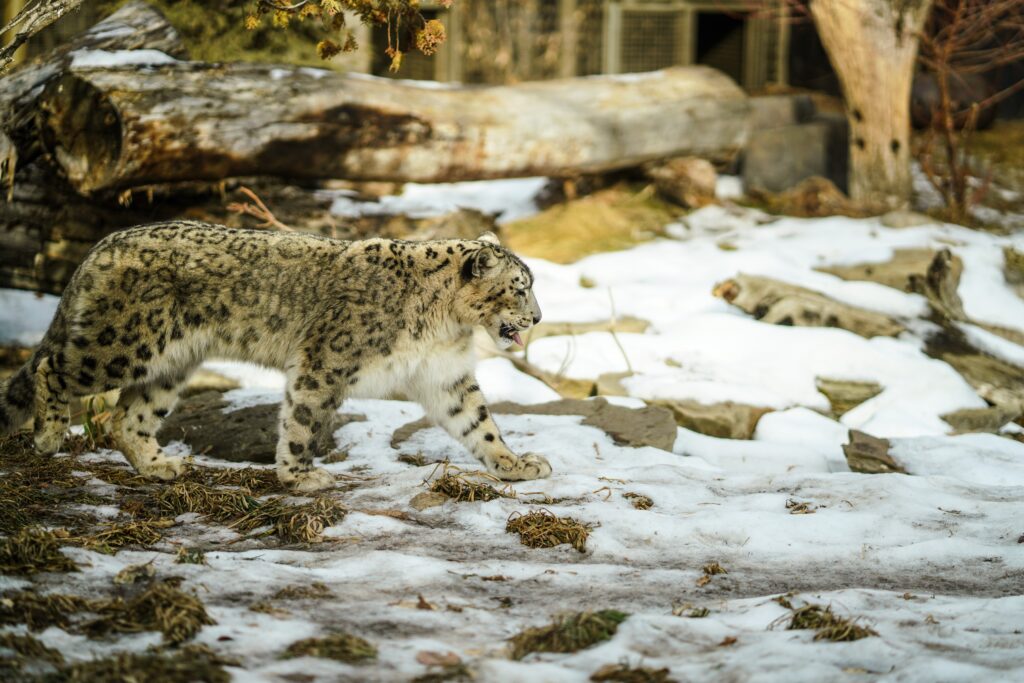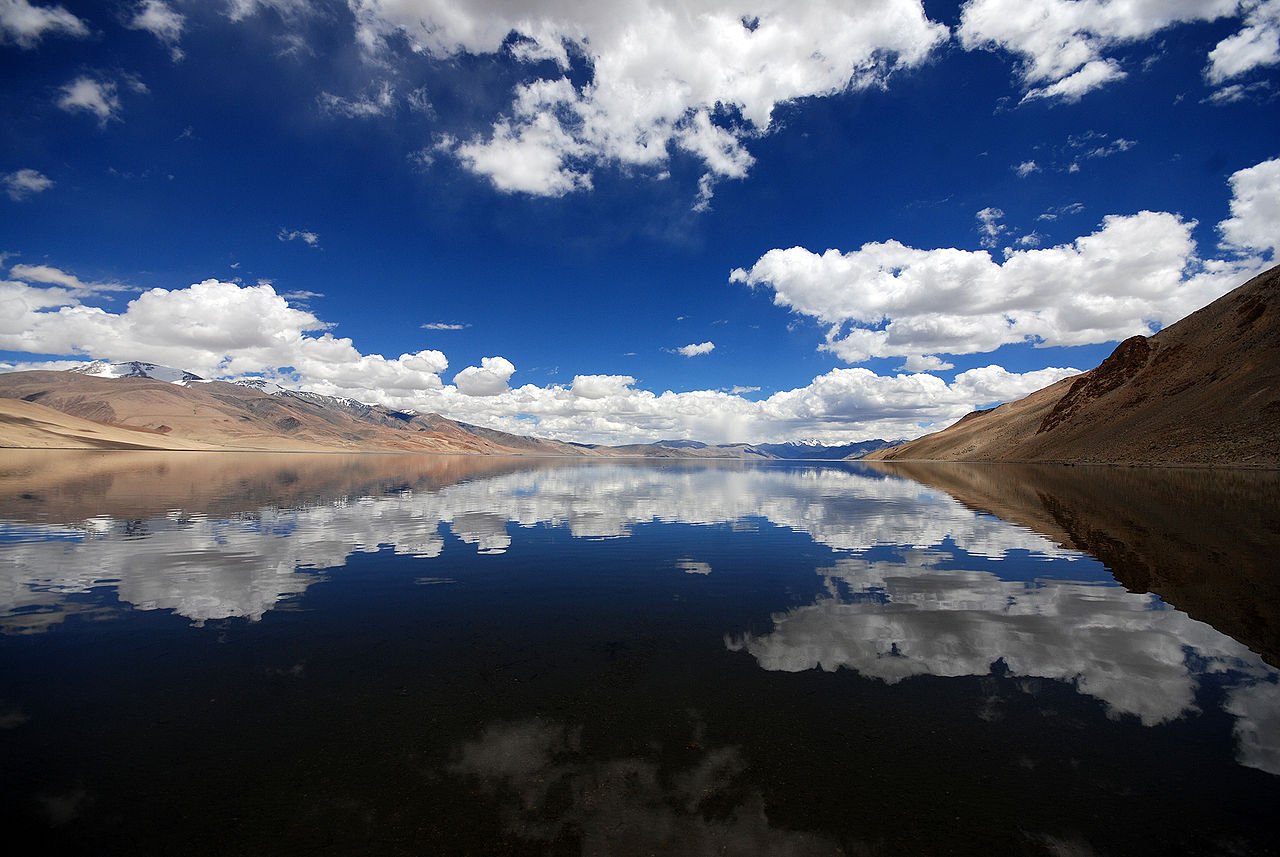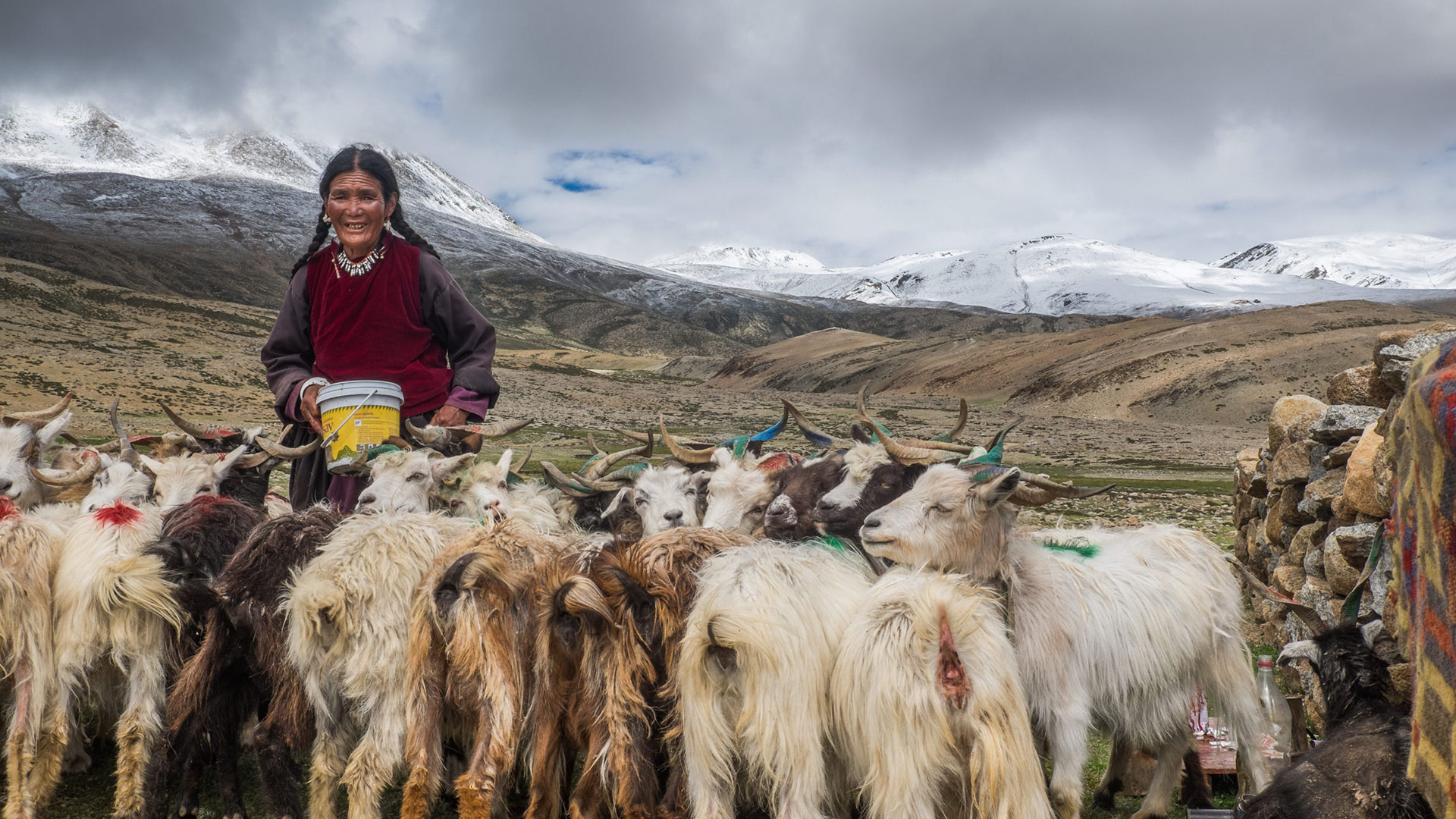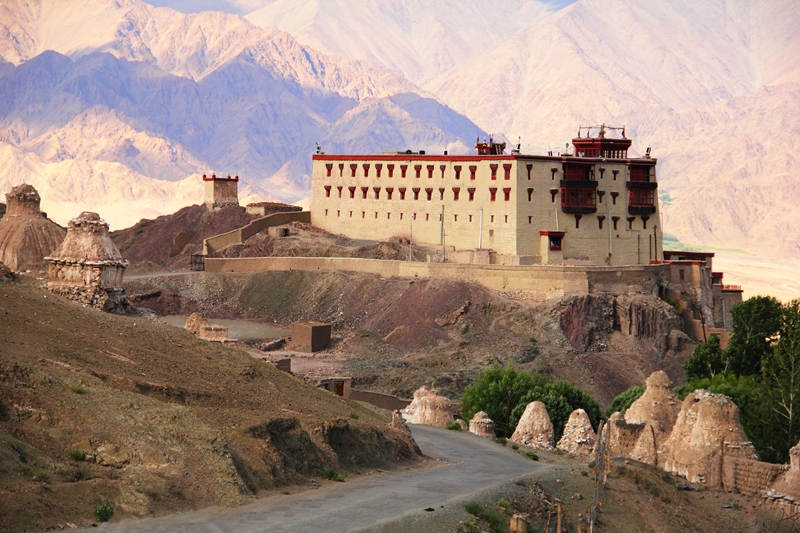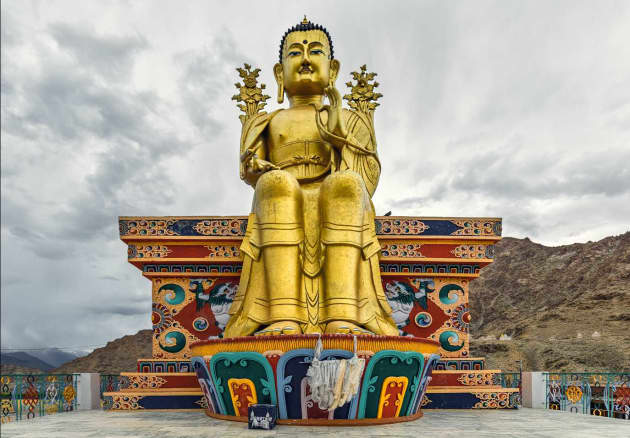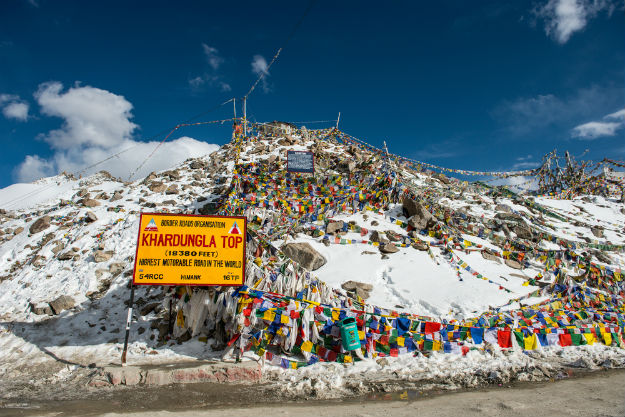Embarking on a Ladakh photography tour offers a transformative experience for both amateur enthusiasts and seasoned professionals alike. Nestled amidst the majestic Himalayas, Ladakh boasts a surreal landscape characterized by rugged mountains, pristine lakes, and ancient monasteries. Beyond its natural beauty, Ladakh’s unique culture and traditions provide a captivating subject for photographers seeking to capture the essence of this remote region. From the vibrant bustle of local markets to the serene tranquility of high-altitude lakes, every corner of Ladakh offers an opportunity for visual storytelling. Moreover, expert guides and mentors provide invaluable insights and technical assistance, allowing participants to refine their skills and unlock their creative potential. Whether chasing the perfect light at sunrise over Pangong Tso or immersing in the spiritual aura of Hemis Monastery, a Ladakh photography tour promises an unforgettable journey filled with moments frozen in time through the lens of a camera.
Ladakh Photography Tour – Option 1
Tour Plan: This expedition takes participants through Ladakh’s iconic destinations such as Pangong Tso, Nubra Valley, Tso Moriri, and more. It includes sunrise and sunset photography sessions at picturesque locations.
Tour Highlights: Capture the rugged landscapes, high-altitude lakes, ancient monasteries, and traditional Ladakhi culture. Professional photographers offer guidance on composition, lighting, and post-processing.
Best Time to Visit: May to September, when Ladakh experiences clear skies and pleasant weather.
Ladakh Photography Tour – Option 2
Tour Plan: Covering must-visit landmarks like Leh Palace, Diskit Monastery, Hemis Monastery, and various spots in the Indus Valley. It includes visits to local markets and interactions with Ladakhi people.
Tour Highlights: Photograph Ladakh’s vibrant culture, breathtaking landscapes, and unique wildlife. Expert photographers provide personalized guidance and feedback on improving photography skills.
Best Time to Visit: June to August, due to long daylight hours and clear skies.
Ladakh Photography Tour – Option 3
Tour Plan: Focusing on honing photography skills while exploring Tso Moriri, Tso Kar, and the Changthang Plateau. It includes sessions on landscape, wildlife, and night sky photography.
Tour Highlights: Photograph high-altitude lakes, nomadic settlements, and the vast expanse of the Changthang region. Experienced mentors offer guidance on various photography techniques.
Best Time to Visit: June to September, coinciding with Ladakh’s favorable weather conditions and unique beauty.
Ladakh Photography Tour – Option 4
Tour Plan: Combining visits to ancient monasteries, colorful festivals, and remote villages like Lamayuru and Turtuk. It offers opportunities for cultural immersion and capturing authentic Ladakhi life.
Tour Highlights: Capture traditional architecture, religious ceremonies, and Ladakh’s stunning landscapes. Expert guides provide insights into local culture and photography techniques.
Best Time to Visit: May to September, Ladakh’s festival season, allowing participants to capture the vibrancy of Ladakhi festivals and favorable weather conditions.
Ladakh Photography Tour – Option 5
Tour Plan: Focused on capturing Ladakh’s surreal landscapes, including sunrise and sunset sessions at Pangong Tso and Tso Moriri. It offers opportunities for remote and off-the-beaten-path photography.
Tour Highlights: Photograph the dramatic scenery, ever-changing light, and unique geological formations of Ladakh. Professional photographers provide guidance on capturing Ladakh’s essence.
Best Time to Visit: June to September, Ladakh’s most accessible and vibrant season, offering the best opportunities for landscape photography.
Want to plan a Photograhy Tour of Ladakh? Connect with us!
